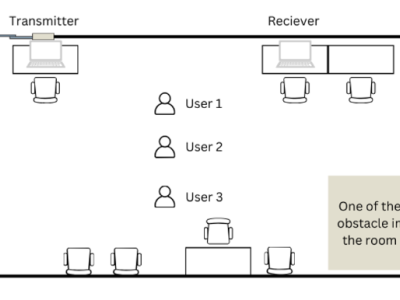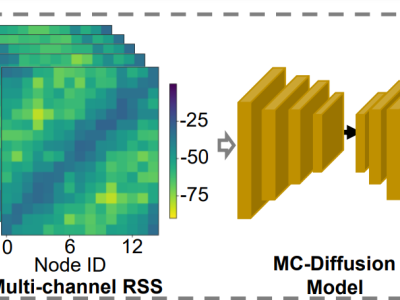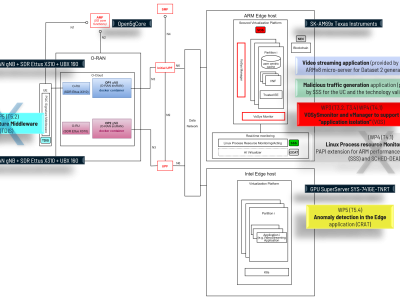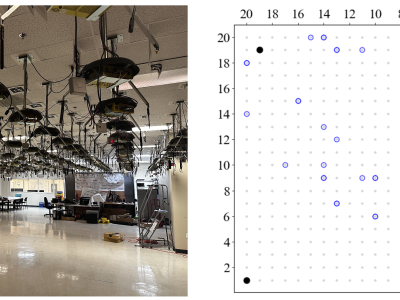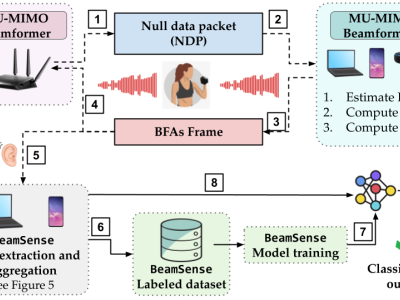
The 5G cellular technology has introduced advanced radio communication protocols and new frequency bands and enabled faster data exchange. These improvements increase network capacity and establish a foundation for high-bandwidth, low-latency services, helping the development of applications like the Internet of Things (IoT). However, information security poses significant challenges, particularly concerning attacks such as Fake Base Stations (FBS) and Stream Control Transmission Protocol (SCTP) Session Hijacking.
- Categories:
